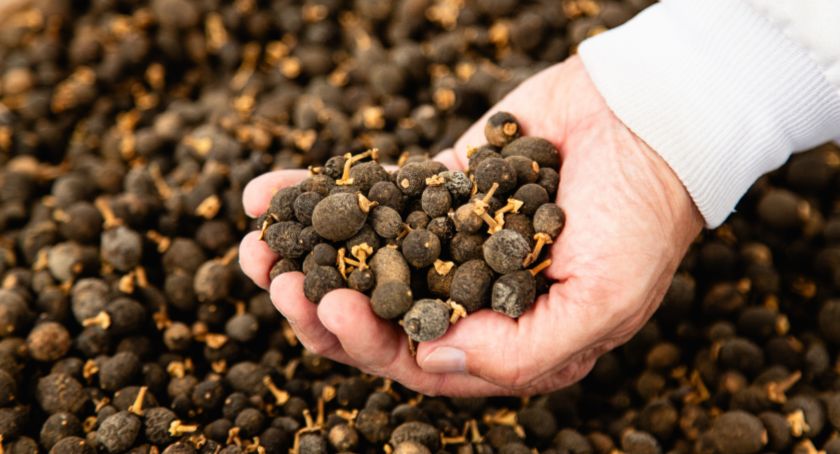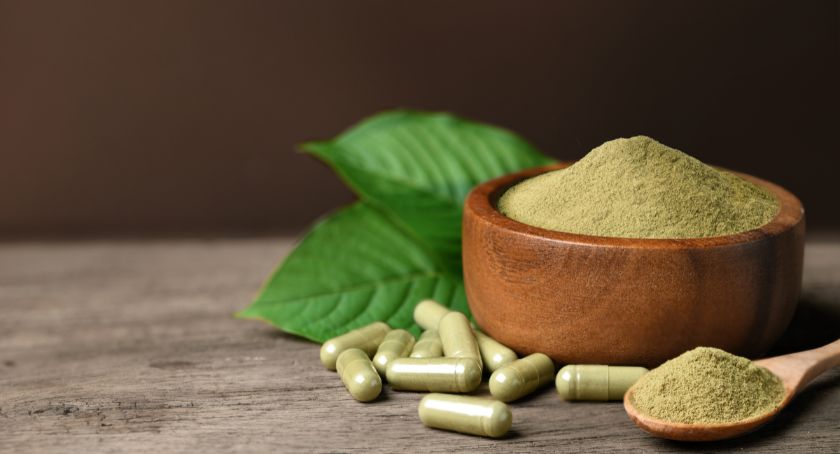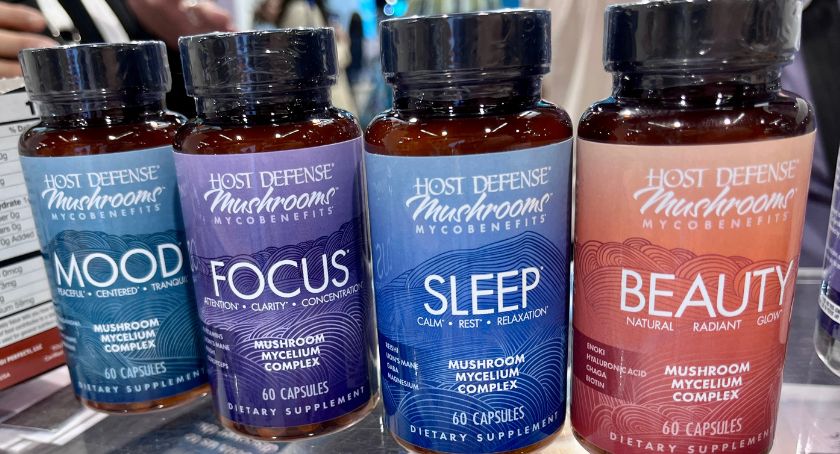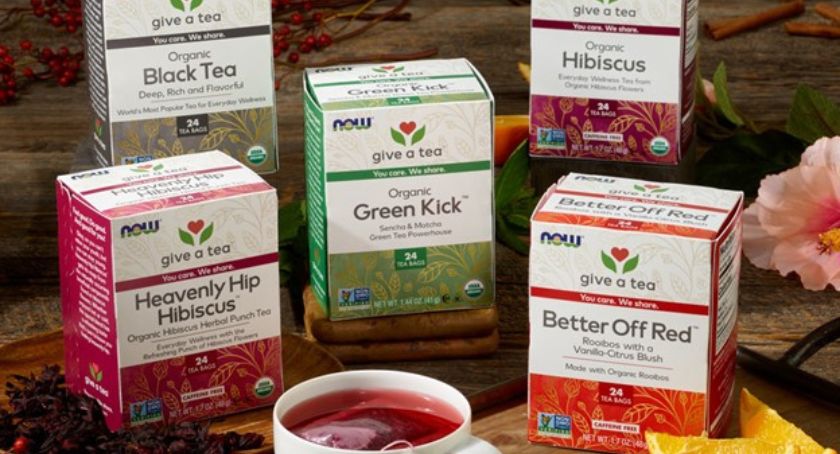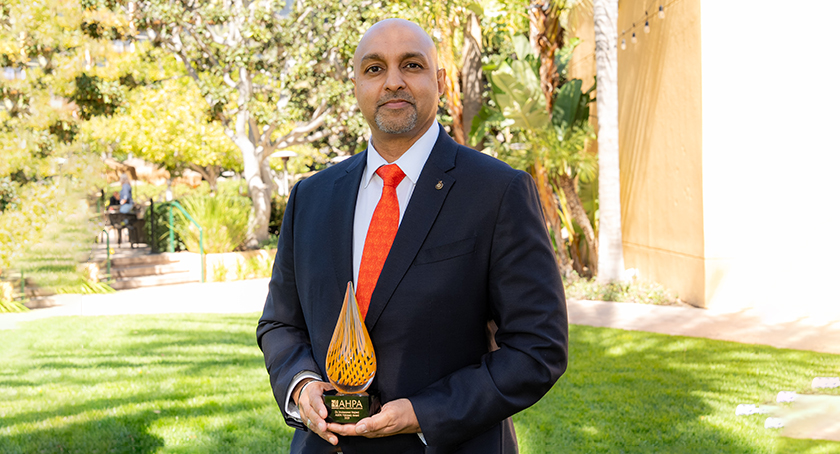Columns
Phytopharmaceutical: An Emerging Platform
New regulations encourage innovation and development of new drugs from botanicals.
By: Dilip Ghosh
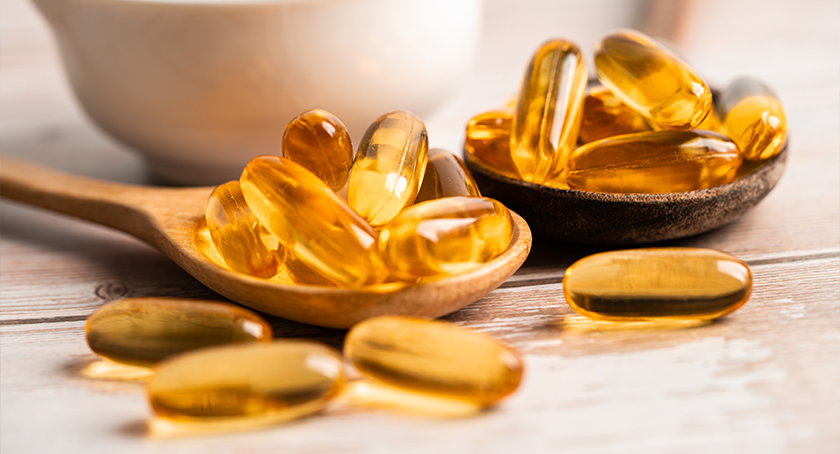
Globally, herbal medicine has been considered an important alternative to modern allopathic medicine. While they have become very popular, only select herbs have been scientifically evaluated for their potential in medical treatment. The new drug Veregen (Polyphenon E) Ointment is the first prescription botanical (herbal) drug approved by the U.S. FDA under the “new” drug amendments of 1962 that required drugs to be proven safe and effective prior to being marketed in the U.S.
Nature: The Master Craftsman
Natural product medicines come from various source materials, including plants, microorganisms, marine organisms, as well as vertebrates and invertebrates. An analysis of the origin of drugs developed between 1981 and 2002 showed that natural products or natural product-derived drugs comprised 28% of all new chemical entities (NCEs) launched onto the market (Newman DJ et al. 2003, J Nat Prod). Particularly in cancer therapy, out of the 175 small molecules, 85 were actually derived from natural sources (Veeresham, 2012).
Plant-Derived Natural Products Approved for Therapeutic Use
Of a representative 150 prescription drugs in the U.S., 84 fell into the category of natural products and related drugs (Chin Y-W et al. AAPS J, 2012).
After World War II, the therapeutic use of extracts and partly purified natural products was increasingly replaced by the use of pure compounds. Despite the advent of combinatorial chemistry and high-throughput screening campaigns during the last few decades, the impact of natural products for drug discovery is still very high (Atanasov, AG et al. 2015. Biotechnol Adv).
Phytopharmaceutical Defined
I’ve defined a phytopharmaceutical drug as a “purified and standardized fraction with a defined minimum of four bioactive or phytochemical compounds (qualitatively and quantitatively assessed) of an extract of a medicinal plant or its part, for internal or external use of human beings or animals for diagnosis, treatment, mitigation, or prevention of any disease or disorder but does not include administration by parenteral route.”
Current Global Regulatory Status
Phytopharmaceuticals are in essence the same as botanical drugs in the U.S. The definition from the Botanical Drug Development Guidance document in the U.S. differs with the definition of the phytopharmaceutical I’ve given.
The regulatory scenario regarding herbal preparations varies from country to country. In Europe, herbal preparations are classified into three categories: traditional use, well-established use and standalone/mixed application. FDA’s Botanical Drug Development Guidance describes appropriate development plans for botanical drugs to be submitted in new drug applications (NDAs) and specific recommendations for submitting investigational new drug applications (INDs).
In India, Ayurveda, Unani, Siddha and Homeopathy (ASU) drugs have been under the purview of the Department of AYUSH. In contrast, 2015 regulatory requirements for phytopharmaceuticals are under the purview of the Central Drugs Standards Control Organization (CDSCO). This gazette notification (Schedule Y, Appendix I B) defines regulatory provisions for phytopharmaceuticals and regulatory submission requirements for scientific data on quality, safety and efficacy to evaluate and permit marketing for an herbal drug on similar lines to synthetic, chemical moieties.
Conclusion
The new phytopharmaceuticals regulation encourages and permits the development of plant-based drugs using advanced techniques of solvent extraction, fractionation, potentiating steps, modern formulation development, etc. After NDA approval from CDSCO, the sponsor can market this new phytopharmaceutical as a new chemical entity-based drug.
The new regulation for phytopharmaceutical is in line with regulations in U.S., China and other countries involving scientific evaluation and data generation. This is expected to promote innovations and development of new drugs from botanicals under the modern medicine framework. It would encourage research and will attract investment in phytopharmaceutical drug development for academia, researchers and industry.
Dilip Ghosh, PhD, FACN
nutriConnect
Dilip Ghosh, PhD, FACN, is director of nutriConnect, based in Sydney, Australia. He is also professionally involved with Soho Flordis International, the University of Western Sydney, Australia, and is an Honorary Ambassador with the Global Harmonization Initiative (GHI). Dr. Ghosh received his PhD in biomedical science from University of Calcutta, India. He has been involved in drug-development (both synthetic and natural) and functional food research and development both in academic and industry domains. Dr. Ghosh has published more than 70 papers in peer-reviewed journals, and he has authored three recent books: “Biotechnology in Functional Foods and Nutraceuticals,” “Innovation in Healthy and Functional Foods,” and “Clinical Perspective of Functional Foods and Nutraceuticals” under CRC Press. His next book, “Pharmaceuticals to Nutraceuticals: A Shift in Disease Prevention,” is in press. He can be reached at dilipghosh@nutriconnect.com.au; www.nutriconnect.com.au.



